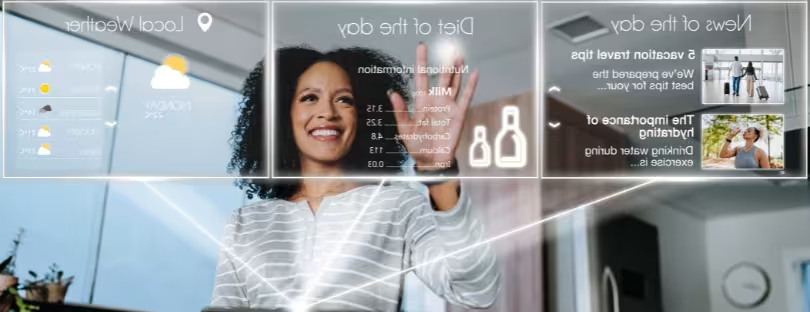
Network Technologies in the Global IoT Market
Connected devices are set to increase exponentially over the next 7 years, and global industry revenues from 5G and Internet of Things (IoT) are expected to reach USD 619 billion by 2026. Networks will need to be able to accommodate the billions of additional IoT mobile devices that will be connected across the globe as well as cater to the mobile phone subscribers that require constant connectivity to mobile broadband services.
There are various reasons why companies are taking steps to connect IoT devices using separate networks.Devices involved in Massive MTC (machine type communications) are much more simplistic when compared to the average smartphone.
They are cheaper, accumulate smaller data volumes, and as such do not need to be supported by a typical 4G or 5G network.Supporting IoT devices on a separate network enables companies to offer a more streamlined low-cost service which can be tailored to suit end-user needs.
In addition, companies are under regulatory pressure to ensure that their spectrum is being used as efficiently as possible, and with this in mind, networks can be operated using unlicensed spectrum or in small sections of existing licensed spectrum.A number of major European operators launched IoT networks in 2018.Some have announced plans involving future network expansions, and there was also an announcement about an international roaming trial between the NB-IoT networks of T-Mobile and Vodafone.
International roaming agreements will be important for the transportation of goods with Universal Unique Identifier (UUID) numbers, and such goods could be sourced from a number of different vertical markets. This could include medical equipment, vaccines, industrial equipment, and raw materials.
Operators have also launched pilot schemes allowing free access to their IoT networks for a limited period. This pilot scheme approach is a good opportunity to encourage eligible companies to test the use of IoT networks, and to encourage companies previously reticent about the integration of IoT services to consider using them.
- READ MORE: Capgemini to enter into a partnership…
While IoT services are set to expand over the next decade, European operators will need to overcome a number of different challenges along the way.Although the creation of more roaming agreements will facilitate the movement of goods throughout the continent, the interoperability issue will need to be addressed and take into account the different IoT technologies that may be used in different countries.
In addition, operators will need to forge strong relationships with companies in various vertical markets to further increase the use of IoT networks. connected devices









